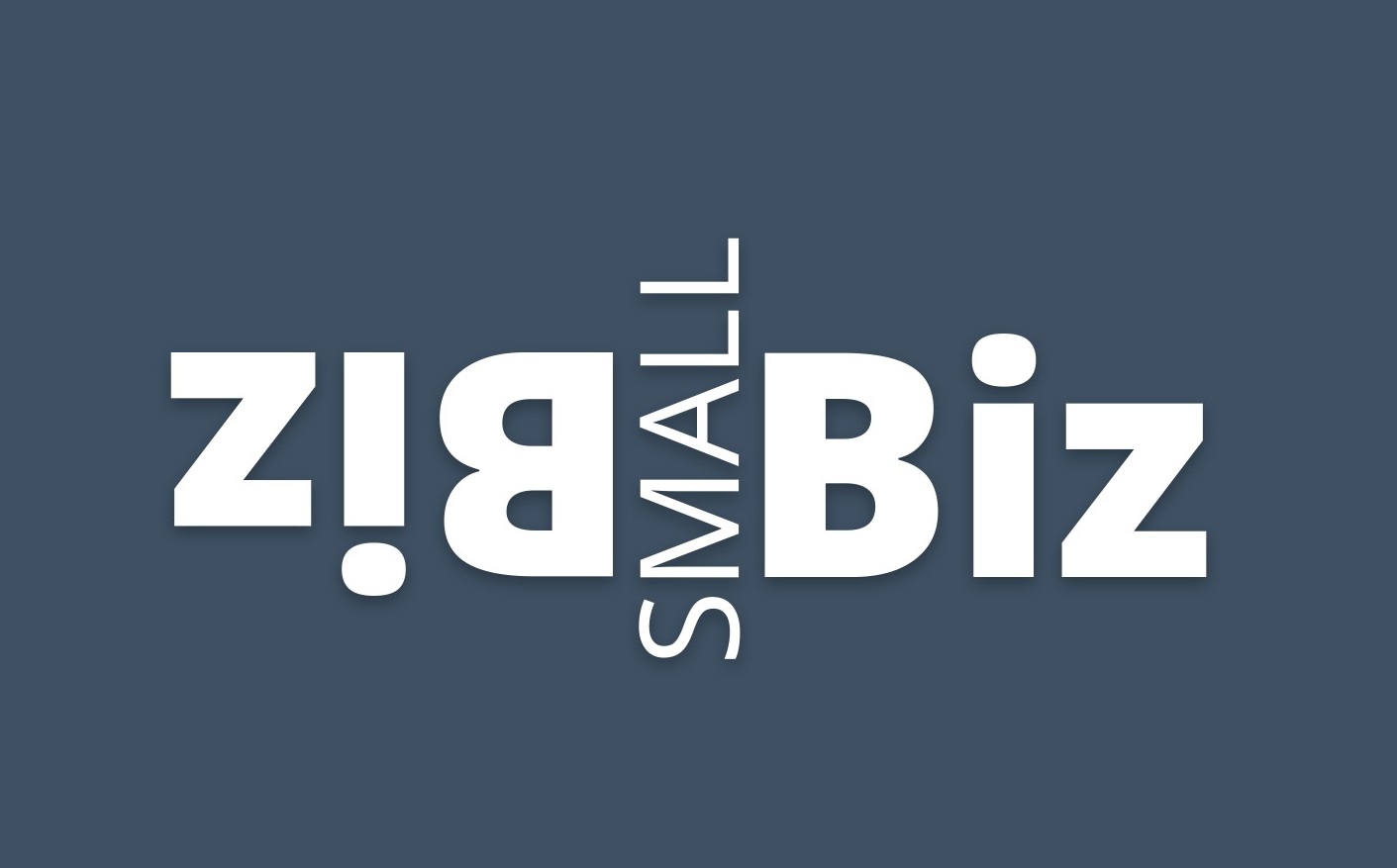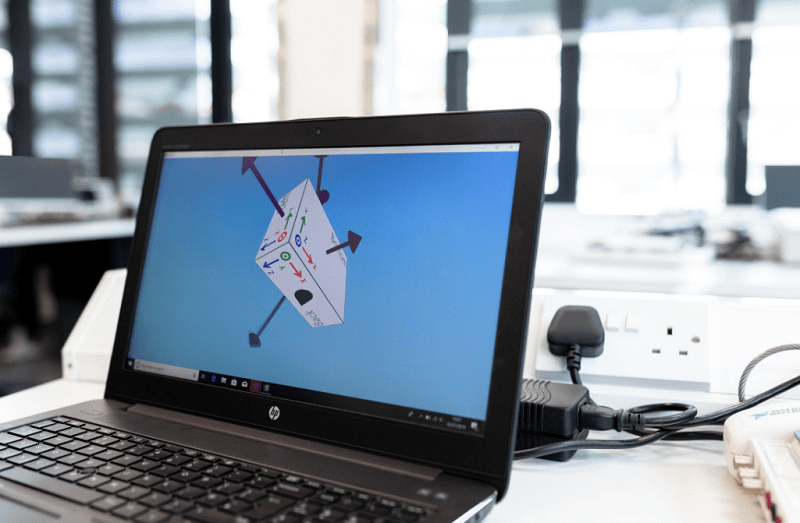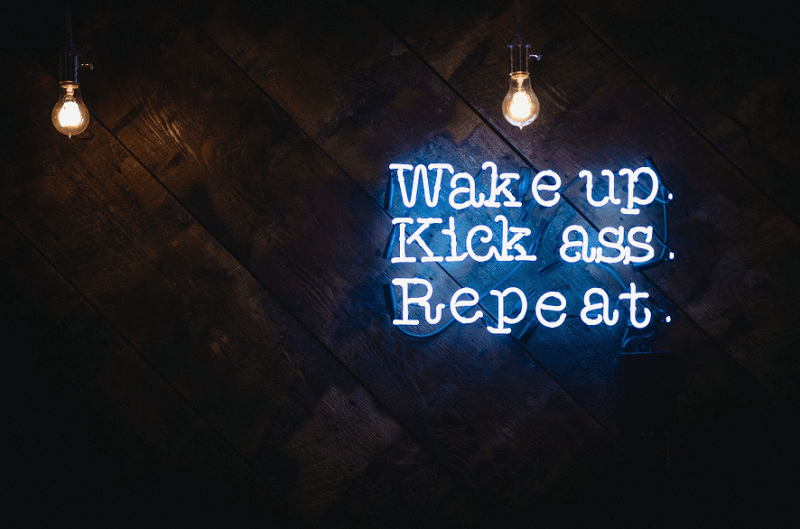Crafting professional emails is an essential skill for business professionals, entrepreneurs, and students alike. A well-written email can help you establish credibility, convey your message effectively, and achieve your desired outcome—whether it’s closing a deal, scheduling a meeting, or requesting information. Knowing the basics is one thing, but mastering professional email etiquette can set you apart in your communication.
This blog will cover five practical tips to improve your professional emails, ensuring they leave a lasting impression. From structuring your email to refining your tone, we’ve got everything you need to write clear, concise, and impactful emails.
Why Writing Professional Emails Matters
Emails are often the first point of contact in many professional settings, making them your opportunity to create a strong first impression. A poorly written email can lead to misunderstandings, delay in responses, or even negative perceptions about your competence. On the other hand, a polished email conveys professionalism, attention to detail, and respect for the recipient’s time.
Whether you’re sending an email to a potential client, your professor, or a colleague, adhering to proper email etiquette is vital. Now, let’s explore the five tips that will enhance the quality of your messages.
1. Start with a Clear Subject Line
The subject line is the first thing your recipient will see, and it determines whether or not your email gets opened. A vague or overly long subject line can be off-putting, especially for busy professionals who receive dozens (if not hundreds) of emails each day.
Best Practices for Subject Lines
- Be specific and concise: Summarize the core purpose of your email in as few words as possible.
Example: Instead of “Meeting Request,” try “Requesting a Meeting on Q3 Strategy – Wednesday Availability.”
- Use action-oriented language when appropriate to highlight urgency or relevance.
Example: “Feedback Needed on Marketing Proposal by Oct 10.”
- Avoid clickbait or overly casual tones that undermine professionalism.
With an effective subject line, your email is already off to a strong start.
2. Open with a Polished Greeting
Your opening sets the tone for the entire email. A polite, professional greeting builds rapport while demonstrating respect. Depending on the context, you may adjust the level of formality in your salutation.
Examples of Professional Greetings
- Formal occasions or when addressing someone for the first time:
“Dear Mr. Johnson,” or “Dear Professor Smith,”
- Semi-formal but still professional:
“Hello, Team,” or “Hi Alex,”
When unsure about the recipient’s title or gender, avoid assuming and simply address them by their full name (e.g., Dear Taylor Morgan,). Additionally, avoid overused generic greetings like “To Whom It May Concern” unless absolutely necessary.
3. Structure Your Email for Readability
A well-organized email is easier to read and increases the likelihood of getting a prompt response. Follow a basic structure to ensure clarity:
A. Introduction
Open with a sentence explaining who you are (if the recipient doesn’t already know) and the purpose of the email.
Example:
“My name is Rachel Lee, and I am the Marketing Manager at Bright Future Co. I’m reaching out regarding collaboration opportunities for your upcoming product launch.”
B. Main Body
Keep this part concise, using short paragraphs or bullet points if you need to provide extra details. Avoid overwhelming your recipient with unnecessary information. Stick to what’s relevant and actionable.
Example of Bulleted Information:
- Files attached include the latest product specs and price sheet.
- The marketing timeline outlines launch phases from October to December.
- Kindly review the proposed dates and provide feedback by Thursday.
C. Clear Call to Action
Conclude with a clear action request or next steps. Be polite yet firm to encourage responses.
“Could you please confirm your availability for a call this week? I’m happy to adjust to your schedule.”
D. Professional Closing
End on a positive, polite note with a closing phrase such as:
“Looking forward to your feedback.” or “Thank you for your time and assistance.”
Follow this with a professional signature, which includes:
- Full name
- Title and company/organization (if applicable)
- Contact information
Example:
Best regards,
Rachel Lee
Marketing Manager at Bright Future Co.
(123) 456-7890
4. Maintain the Right Tone
Tone can make or break how your email is perceived. Strive to sound professional yet approachable. Strike a balance between being polite and clear. Here’s how:
Avoid:
- Overly casual language (“Hey Bob, wassup?”)
- Excessive formality that can feel cold or robotic (“This inquiry pertains to matters presented in the enclosed memorandum.”)
Aim for:
- Polite, direct language without sounding demanding.
“Would it be possible to review the attached documents by Friday?”
- Positive phrasing to encourage collaboration.
“Thank you for considering this request. I believe this will streamline our process.”
Finally, be mindful of cultural nuances if you’re communicating internationally—clarity and courtesy are universally appreciated.
5. Proofread Before Sending
Nothing undermines a professional email more than typos or grammatical errors. Take a moment to proofread before hitting ‘Send.’ Common areas to double-check include:
- Spelling and Grammar:
Tools like Grammarly or Outwrite can help you spot issues quickly.
- Accuracy of Names and Titles:
Ensure the recipient’s name and job title are correct.
- Attachments:
Double-check that you’ve actually attached the file(s) mentioned in the email.
- Tone and Clarity:
Read your email aloud to ensure the tone is appropriate and the message is clear.
Pro Tip: Save a draft and revisit it after an hour (if time allows). Fresh eyes often catch mistakes you missed earlier.
Create Lasting Impressions with Every Email
Mastering email communication is not just a professional necessity—it’s a gateway to building stronger relationships and achieving your goals. By implementing these five tips—crafting a clear subject line, opening with a polished greeting, structuring your content for readability, perfecting your tone, and proofreading diligently—you’ll ensure your emails not only communicate effectively but also leave a positive impression.
The next time you draft an email, remember that every line you write is an opportunity to showcase your professionalism and skills. Practice these principles consistently, and over time you’ll stand out as a thoughtful and competent communicator.















